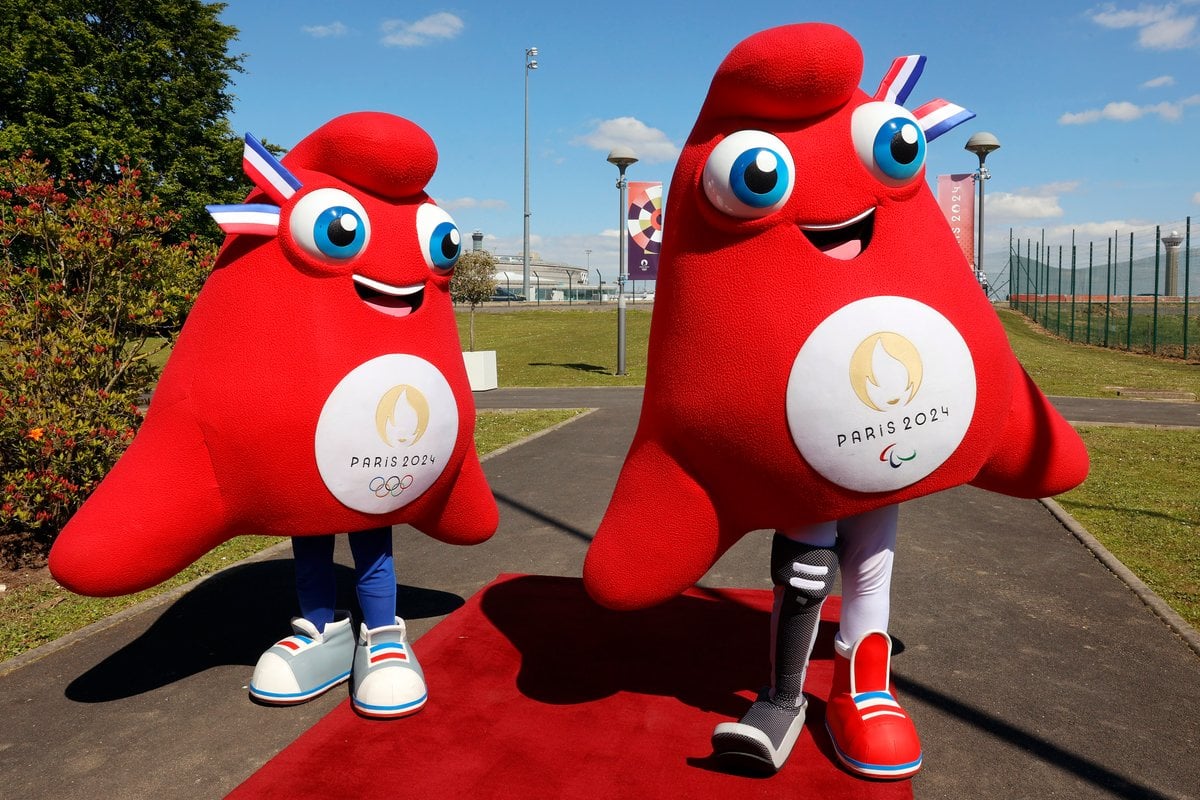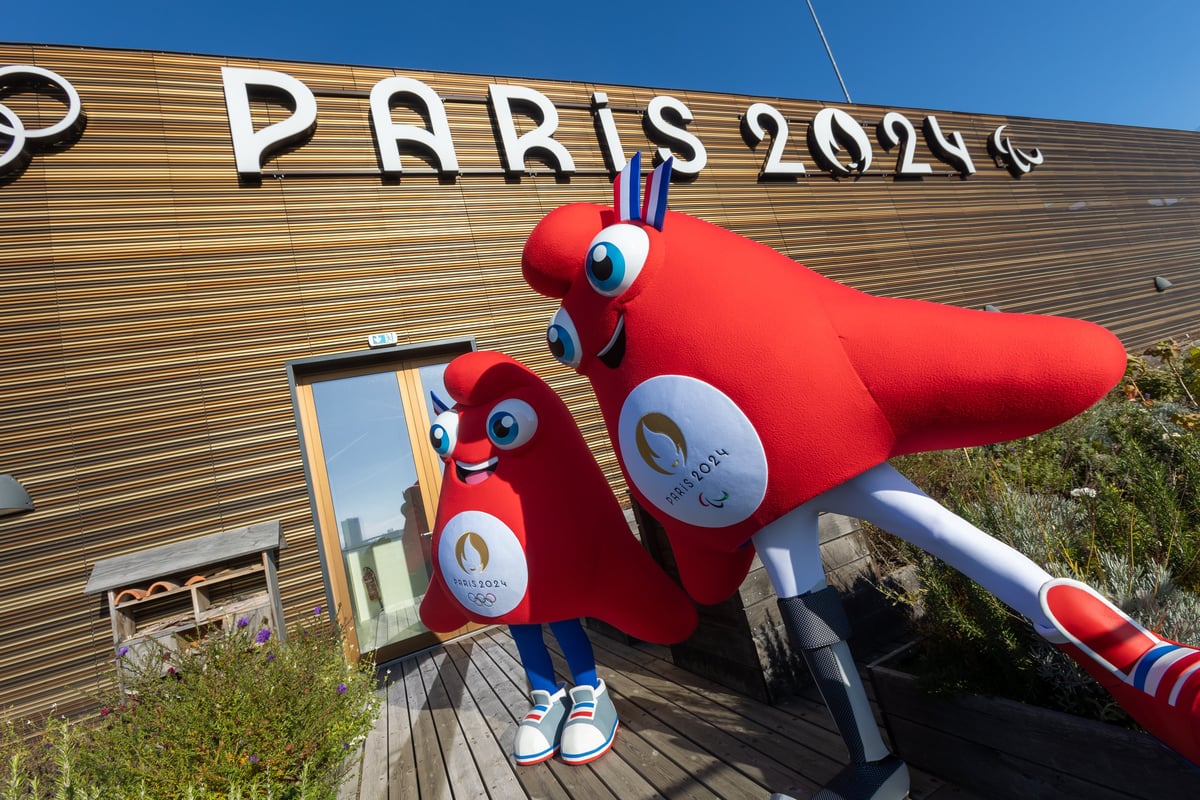
To get up to speed on everything Paris 2024 Olympics, check out our Olympics hub page. We've got you covered.
"So... what exactly are they?"
This was the question we found ourselves asking when looking at photos of the 2024 Paris Olympic mascots.
Decked out in France's national colours, the 2024 Paris Olympic and Paralympic mascots are playful red characters — who are to be known as the Olympic and Paralympic Phryges.
They are shaped like tongues, have big, googly eyes and have the Paris 2024 logo plastered across their chests. The Paralympic mascot also has a running blade, making it the first time a mascot for the Games has had a visible disability.
Watch: What kind of Olympic viewer are you? Post continues after video.
"We chose an ideal rather than an animal," the Paris 2024 president, Tony Estanguet, said at the ceremony to unveil them.
"We chose the Phrygian cap because it’s a very strong symbol for the French Republic. For French people, it’s a very well-known object that is a symbol of freedom."
But what are the Phryges? Here's what you need to know.
What are the Phryges?
The Phryges are two Phrygian caps, a type of soft, conical hat that embodies the French spirit and values. Also called the bonnet rouges, the hats have been a part of French history for centuries.
The Phrygian cap is a symbol of freedom and was worn throughout the French revolution during the late 18th century by French revolutionaries. It is also featured on French national icon Marianne, the "goddess of liberty", who is a significant symbol of republicanism, freedom and democracy.





























































































